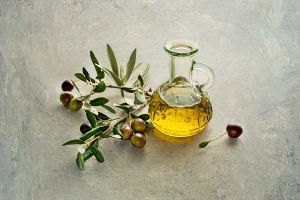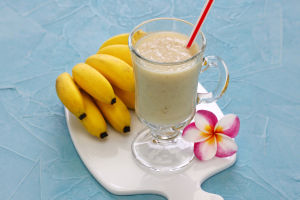We’ve all seen durian sitting in markets or fruit stalls, with its thick, spiky shell and strong smell. But have you ever paused to wonder: how on earth is this heavy, dangerous-looking fruit harvested from such tall trees?
Well, it turns out that picking durian is no simple job. In fact, it’s one of the most dangerous fruit harvests out there!
The Durian Tree: Tall, Tropical, and Tricky
Durian trees can grow as tall as 130 feet (around 40 meters). These tropical giants are found mostly in Southeast Asia—especially in Malaysia. Because durians grow high up and can weigh several pounds each, the harvest process needs to be both safe and precise. One wrong move, and a falling durian could injure someone or ruin the fruit.
The Golden Pillow Durian: Picked Straight from the Tree
The harvest involves two people. One climbs up the tree with a long pole or blade to cut the stem. Meanwhile, the person on the ground holds a large cloth sack or net.
We have to lower the durian carefully to avoid smashing it—or worse, hitting someone. The fruit is sometimes lowered with a rope to control the drop. This teamwork demands good communication and plenty of experience.
In Malaysia: Musang King Falls Naturally—but with a Safety Plan
Malaysia’s famous “Musang King” durian follows a different rule—it ripens on the tree and is left to fall naturally. But wait! That doesn’t mean farmers just let it crash to the ground. No way. We tie each durian to a branch with a rope. When it naturally detaches, it hangs safely in the air instead of falling and cracking open.
What’s even more interesting is that Musang King durians have a unique five-point star shape at the bottom. This little detail helps us recognize it at first glance, even before we cut it open
Timing Matters: When to Pick and When to Wait
Picking durian at the right time is crucial. If we pick it too early, the fruit may not ripen properly. If we wait too long, it could fall, spoil, or lose flavor. That’s why expert farmers rely on their experience, smell, and sight to judge the perfect moment.
In places where tree-ripened durians are preferred, the window for collecting them is very short—just a few hours after they fall. This means farmers often wake up early, even before sunrise, to check the orchard floor for freshly fallen durians.
Safety First: Why Durian Harvesting Is Risky Work
We have to say this loud and clear—harvesting durians is no joke. Climbing trees, carrying heavy fruit, and avoiding dangerous falls is all part of the job. Even the ground team has to stay alert at all times. Imagine standing under a tree where a 6-pound durian might drop without warning!
To reduce the risk, some orchards now use nets under the trees or platforms to catch the fruit. Others use ladders, poles, or even small drones for checking tree height and ripeness.
Why All This Effort? Because Durian Is Worth It
After learning about this complex process, we understand why durian is one of the priciest fruits around. Each fruit goes through a careful journey—from tree to hands, from hands to market. From teamwork to timing, every step makes a difference.
And remember, one durian tree doesn’t produce hundreds of fruits. Usually, it gives us only 20 to 50 durians per season. That’s not a lot when you think about how many people are craving this "king of fruits."
So Lykkers, What Do You Think?
Now that we’ve uncovered the full story behind durian picking, does that price tag seem more reasonable? Next time we see a durian, maybe we’ll admire not just its taste—but also the hard work behind it. Let’s keep exploring more fruit adventures together—because every fruit has a story, and we’re here to taste them all!


